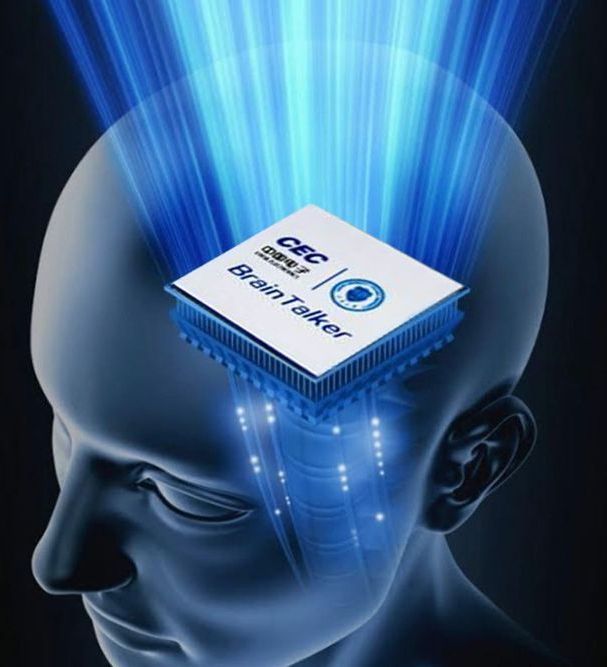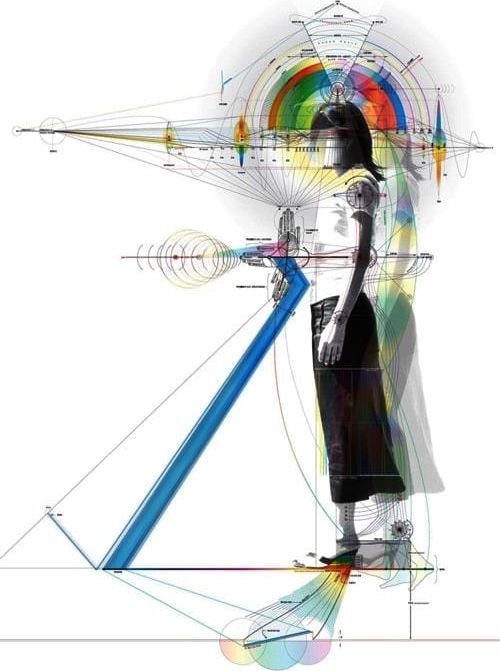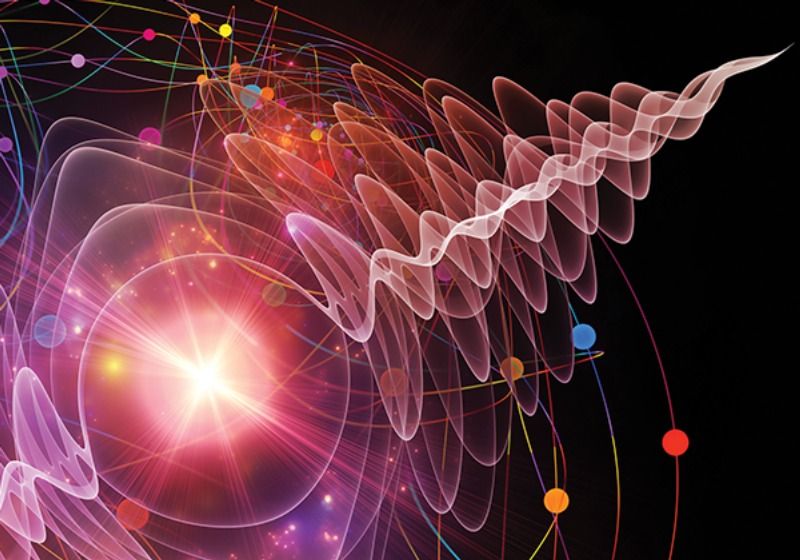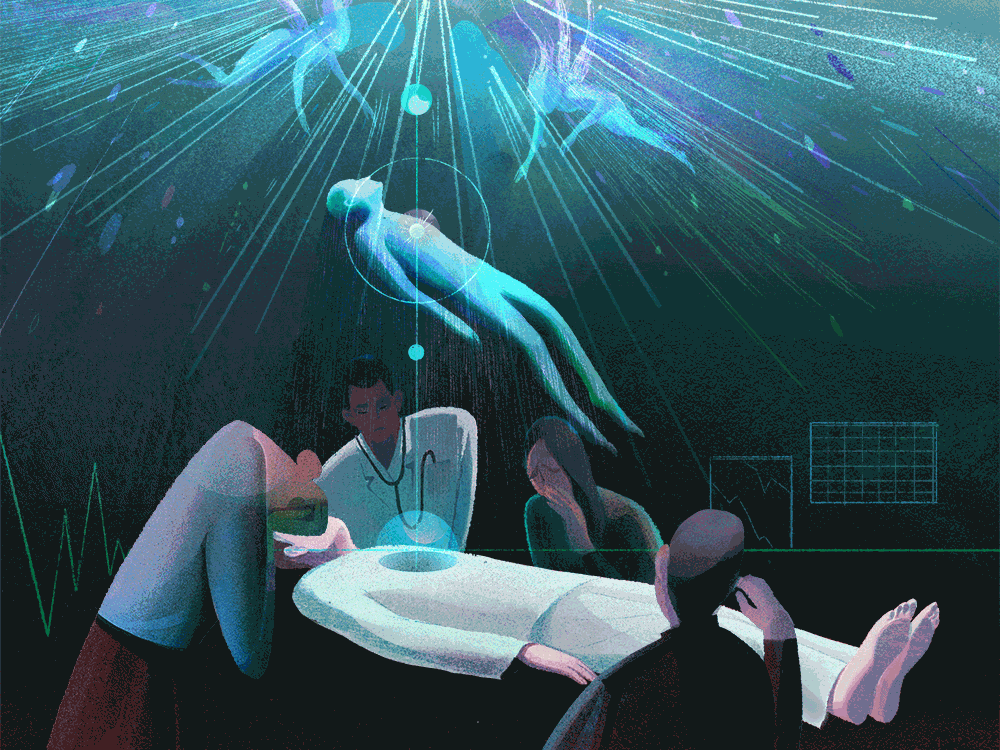Archive for the ‘neuroscience’ category: Page 767
Jun 10, 2019
Neuromorphic computing and the brain that wouldn’t die
Posted by Quinn Sena in categories: computing, nanotechnology, neuroscience
Chemical engineers at UCLA have been demonstrating what they argue is scientific evidence that bunches of synthetically grown nanowires exhibit behaviors similar to that of memory in a living brain. Whether you believe their claim depends on what you think memory actually is.
Jun 10, 2019
Frontiers in Neuroscience | Neuromorphic Engineering
Posted by Quinn Sena in categories: biotech/medical, engineering, neuroscience, robotics/AI

Neuromorphic systems carry out robust and efficient neural computation using hardware implementations that operate in physical time. Typically they are event- or data-driven, they employ low-power, massively parallel hybrid analog/digital VLSI circuits, and they operate using the same physics of computation used by the nervous system. Although there are several forums for presenting research achievements in neuromorphic engineering, none are exclusively dedicated to this increasingly large research community. Either because they are dedicated to single disciplines, such as electrical engineering or computer science, or because they serve research communities which focus on analogous areas (such as biomedical engineering or computational neuroscience), but with fundamentally different goals and objectives. The mission of Neuromorphic Engineering is to provide a publication medium dedicated exclusively and specifically to this field. Topics covered by this publication include: Analog and hybrid analog/digital electronic circuits for implementing neural processes, such as conductances, neurons, synapses, plasticity mechanisms, photoreceptors, cochleae, etc. Neuromorphic circuits and systems for implementing real-time event-based neural processing architectures. Hardware models of neural and sensorimotor processing systems, such as selective attention systems, coordinate transformation systems, auditory and/or visual processing systems, sensory fusion systems, etc. Implementations of neural computational systems found in insects, birds, mammals, etc. Embedded neuromorphic systems, including actuated or robotic platforms which process sensory signals and interact with the environment using event-based sensors and circuits. To ensure high quality and state-of-the-art material, publications should demonstrate experimental results, using physical implementations of neuromorphic systems, and possibly show the links between the artificial system and the neural/biological one they model.
Jun 10, 2019
What neuromorphic engineering is, and why it’s triggered an analog revolution
Posted by Quinn Sena in categories: computing, engineering, neuroscience
Maybe we can’t keep packing transistors onto substrates the way Gordon Moore showed us how to do. So how about if we replaced those millions of transistors with components “inspired by the true story” of the brain?
Jun 10, 2019
Researchers Identify Virus and Two Types of Bacteria as Major Causes of Alzheimer’s
Posted by Paul Battista in categories: biotech/medical, neuroscience
A worldwide team of senior scientists and clinicians have come together to produce an editorial which indicates that certain microbes — a specific virus and two specific types of bacteria — are major.
Jun 10, 2019
China invents ‘mind-reading chip’ called Brain Talker that ‘sends your thoughts to a computer’
Posted by Klaus Baldauf in categories: computing, neuroscience
A MIND reading brain computer chip has been announced at the World Intelligence Congress in China.
The breakthrough device is called Brain Talker and allows a person to control a computer with just their brainwaves.
Brain-computer interfaces (BCIs) are devices that have been designed to create simple communication between the human brain and computers.
Jun 9, 2019
Richard Christophr Saragoza Photo
Posted by Richard Christophr Saragoza in categories: biotech/medical, neuroscience, quantum physics
The double helix of dna and transferring for information and energy by torsion field in quantum beings.
Every human is a complex, multi-dimensional energy being.
THE HUMAN BIOFIELD DEFINED:
Jun 8, 2019
Quantum Biology May Help Solve Some of Life’s Greatest Mysteries
Posted by Paul Battista in categories: biological, neuroscience, quantum physics
From the remarkable speed of enzyme-catalyzed reactions to the workings of the human brain, numerous biological puzzles are now being explored for evidence of quantum effects.
Jun 7, 2019
Life — after life: Does consciousness continue after our brain dies?
Posted by Paul Battista in category: neuroscience
How can people brought back from death after cardiac arrest report having experienced lucid and vivid memories and recollections without a functioning brain? The study of near-death experiences is challenging the idea our consciousness fades to black when our body expires.
Jun 7, 2019
How old are your organs? To scientists’ surprise, organs are a mix of young and old cells
Posted by Paul Battista in categories: biotech/medical, life extension, neuroscience

LA JOLLA—(June 6, 2019) Scientists once thought that neurons, or possibly heart cells, were the oldest cells in the body. Now, Salk Institute researchers have discovered that the mouse brain, liver and pancreas contain populations of cells and proteins with extremely long lifespans—some as old as neurons. The findings, demonstrating “age mosaicism,” were published in Cell Metabolism on June 6, 2019. The team’s methods could be applied to nearly any tissue in the body to provide valuable information about lifelong function of non-dividing cells and how cells lose control over the quality and integrity of proteins and important cell structures during aging.















